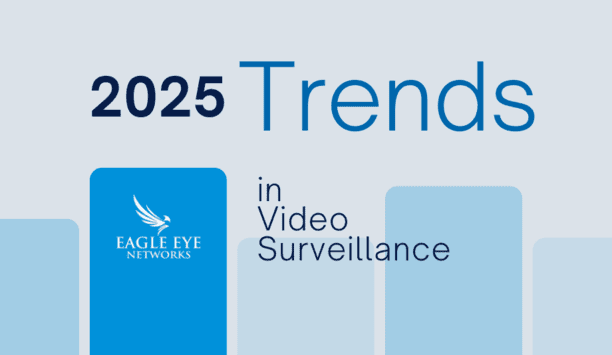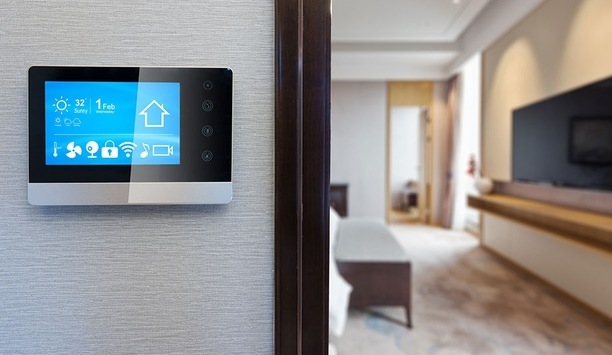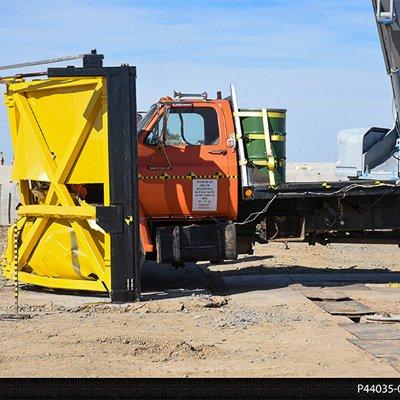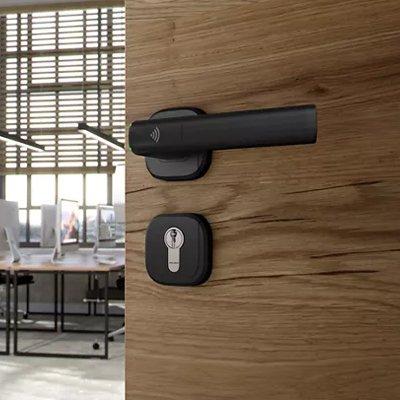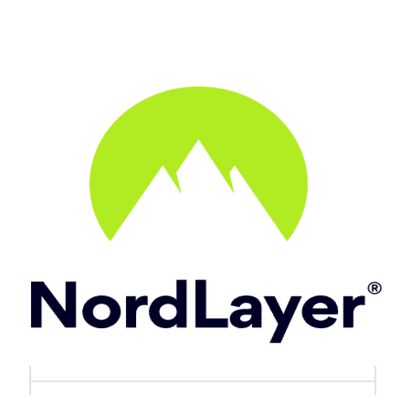What are the challenges and opportunities of integrating security and fire systems?
Editor Introduction
Fire and security systems are two elements of the same mission: To keep buildings and their occupants safe. However, the two systems often operate independently and may not be integrated. Should there be more integration and what are the pitfalls? We asked this week’s Expert Panel Roundtable: What are the challenges and opportunities of integrating security and fire systems?
There’s a conflict between life safety and security systems. We must secure buildings without impeding the flow of movement and hindering immediate escape should a fire incident occur. To do this, we must have a greater understanding of building requirements. Budget is an area of great importance. Although a challenge, understanding budgets (not only for the system in place but also ongoing maintenance and upgrades) helps uncover the correct solution – showing that the ‘cheaper option’ may cost more in the long run for some. When it comes to security, it’s important for decision makers to understand the opportunities that electronic access control can present. Despite being viewed as expensive, we must take into account scenarios such as key replacements and maintenance. What’s more, the monitoring of employees and visitors within both open and restricted areas allows for more secure areas – while still facilitating the freedom to escape in an emergency.
Integrating security technology into fire suppression systems can be both a delicate and a challenging endeavour, but opens the door to a world of possibilities. When specifically looking at industrial applications, these systems require an added layer of reliability in order to guarantee workplace safety and operational efficiency. A particular deployment comes to mind: Our work with KUHN RIKON, a world-renowned cookware manufacturer. In 2015, during mechanical pot polishing, an abrasive component spontaneously combusted causing a large-scale fire, leading to a dust explosion. While an unfortunate tragedy, this led to an opportunity to outfit the plant with thermal imaging cameras. This technology is tied into the fire-suppression system and can monitor the temperature of specified machines. With built-in logic, the cameras can alert technicians to heat warnings and, if not acted upon, can automatically shut-down the machinery and queue fire systems if required.
It is common to see fire safety systems siloed and operating separately from an organisation’s security solution, such as video management or access control technology. Access control and video are not necessarily prioritised during the initial planning and design of a facility. However, in today’s world, integrating security and fire systems is becoming increasingly paramount to create improved efficiency and effectiveness of a building’s safety technology — and this integration can provide monumental benefits. For example, in the event of a fire, an alarm from a fire system can trigger an access control system to release locks on fire escape doors, as well as generate muster reports to provide information on who is inside the building. Additionally, video management systems have the ability to provide access to real-time, remote video footage of the fire’s actual location, helping firefighters and other emergency personnel to assess the situation and respond with greater accuracy.
The innovation of security technology has taken the global market by storm over the past few years, creating a wide array of intelligent sensors and methods by which to alert security operators of every possible incident. However, there is such a thing as too much data, which can be overwhelming and difficult to sift through for a small security team. One way to overcome this challenge is through a well-designed and integrated control room that can organise, automate and streamline critical sensors into a single pane-of-view through the implementation of workstations that transmit only the most critical information at any given time. Additionally, operators are better equipped to make more educated and timely decisions by leveraging audible alarms, visual LED indicators and video displays with built-in intelligence to change content based on triggers from those third-party systems, such as fire, building automation and access control.
Many challenges and opportunities facilities face with systems integration tie back to whether a building’s infrastructure is designed well enough to connect security and fire protection systems. By conducting a site assessment first, owners and managers can better determine where physical building updates may be needed. For example, if video surveillance is obstructed in certain areas, owners need to identify if the cameras can be moved to a better location or if physical alterations to the building are needed. Adjusting design in this case can eventually help make the integration of video surveillance and fire alarms easier. In the event that a fire alarm sounds, owners can have peace of mind that their cameras have an unobstructed view and that they can be automatically alerted to provide visibility into the area affected and potential cause of the alarm. It is critical to occupant safety that building owners address any design hurdles.
Fire safety systems are highly regulated and ensuring compliance can be a complex process. A security system should not be used to take control of the fire system but instead should be integrated to provide additional context for the security team during emergency situations, working in conjunction with mass notification/public address systems to provide evacuation information to the occupants of a building during an emergency. When fire safety systems are integrated with an open platform security system, certain aspects of the emergency procedures can be automated, allowing security personnel to focus on making important emergency decisions. For instance, when a fire system is integrated with an access control system, a fire alarm can be used to automatically trigger the unlocking of doors and trigger a workflow for mustering. Similarly, security and fire safety professionals can benefit from having access to video information from the area where smoke was detected (from their command centre computers or even guards’ phones using a mobile app) to rule out a false alarm before calling the fire department or triggering a full evacuation.
Unlike security systems (which have noticeably become more integrated over the last few years), fire systems still present significant challenges as many still use closed proprietary protocols. From an installation point of view, integrating with a single proprietary fire system is in itself fairly straightforward, but it requires the specific SDK (Software Development Kit) to ensure it is fully compatible and needs a lot of work to ensure the ‘patch’ provides all the functions required to work successfully with the security systems. When you consider the number of different fire systems options on the market (not to mention the legacy ones), many using their own proprietary software, this is a big challenge from a security integration point of view. The opportunities to be gained are significant though. A combined security, intruder and fire detection solution is perfect for managing emergency situations, protecting people and assets in potentially life and death situations.
Editor Summary
Integration of fire and security systems provide multiple benefits and some challenges to be addressed. As our Expert Panelists point out, it is useful to consider fire and security systems as part of the same overall mission to keep a building and its occupants safe, while also being attentive to the differing roles of the systems and how they can complement each other.
- Related companies
- Vanderbilt Industries
- Genetec, Inc.
- Johnson Controls, Inc.
- Vistacom
- Allegion (UK) Ltd
- Related links
- ACT Access control software
- Genetec CCTV software
- Genetec Access control software
- Ingersoll Rand Access control software
- Thermal CCTV cameras
- Management Software CCTV software
- Monitoring Software CCTV software
- Surveillance Software CCTV software
- Visitor Management tool Access control software
- Related categories
- CCTV cameras
- CCTV software
- Access control software
- View all news from
- Vanderbilt Industries
- Genetec, Inc.
- Johnson Controls, Inc.
- Vistacom
- Allegion (UK) Ltd
Expert commentary
A modern guide to data loss prevention
Download7 proven solutions for law enforcement key control and asset management
DownloadSecurity practices for hotels
Download2025 Trends in video surveillance
DownloadMaximising security and performance
DownloadDelta Scientific DCS8000 Bi-Fold Speed Gate
ASSA ABLOY Aperio H100 Wireless Access Control Handle
NordLayer: Comprehensive Network Security for Modern Workforce














